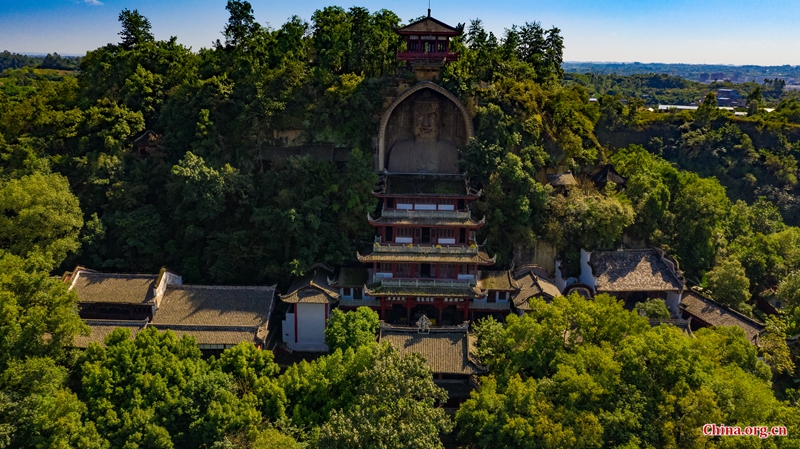
The Ministry of Culture and Tourism recently unveiled 10 national-level Yangtze River-themed tourist routes: the river's culture, world heritage sites, key water control projects and irrigation engineering, Red tourism, ecology, natural scenery, rural vitalization, intangible cultural heritage, unique landforms, and urban leisure, according to an official announcement on May 5.
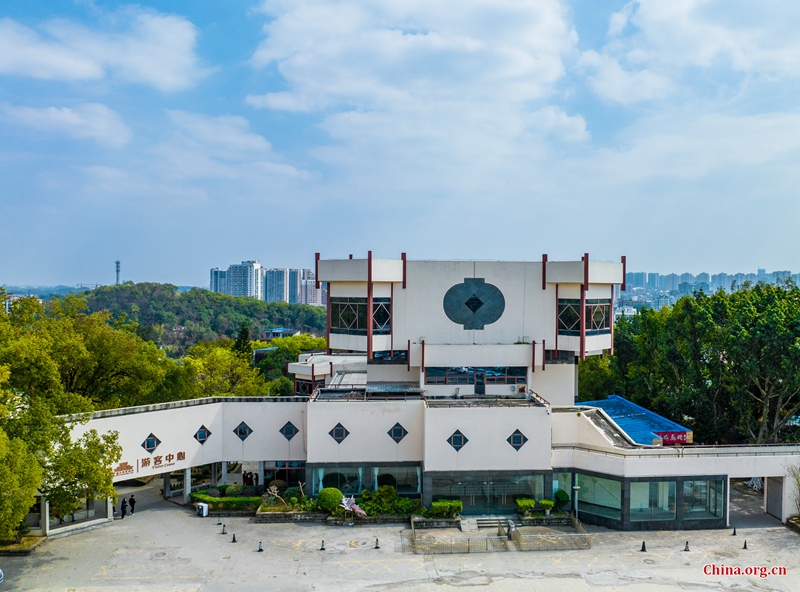
The Zigong UNESCO Global Geopark in Zigong city, Sichuan province, is included in the route of unique landforms along Yangtze River.
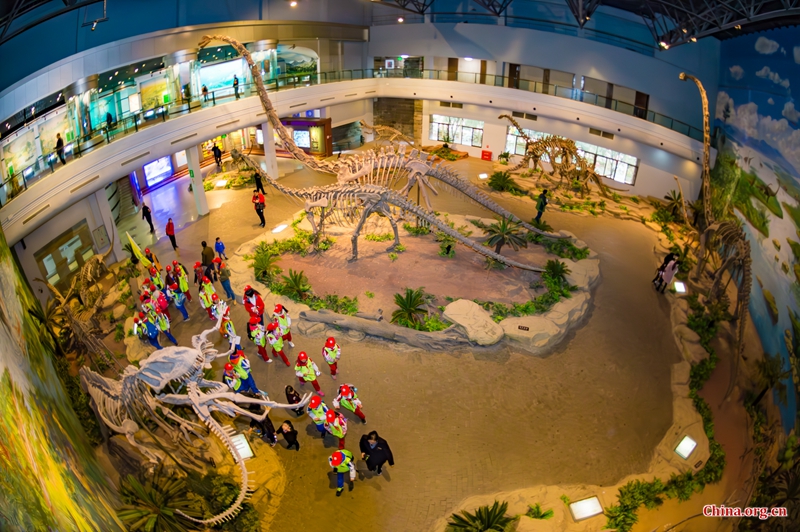
Featuring abundant dinosaur fossils and other vertebrate fossils, the Zigong Global Geopark is a typical Jurassic heritage area.
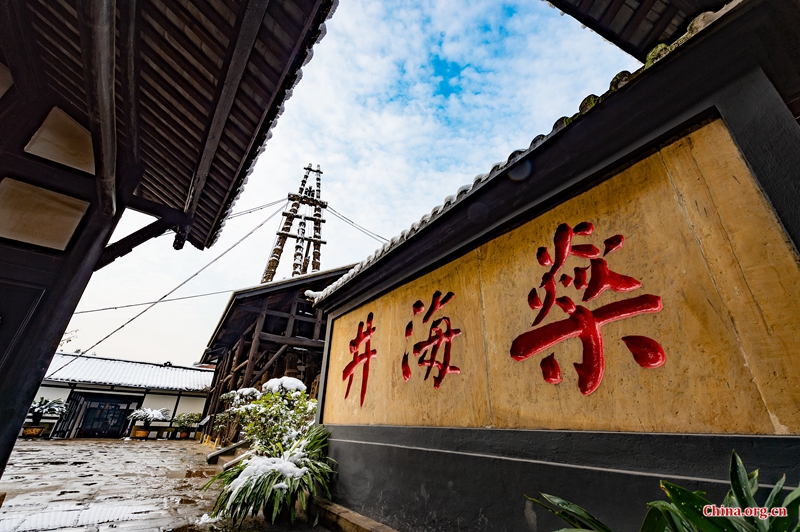
It is also a historical and cultural site related to salt production as it is rich in salt mines and has a salt production history of around 200 years. A variety of salt industry remains have been well preserved there.
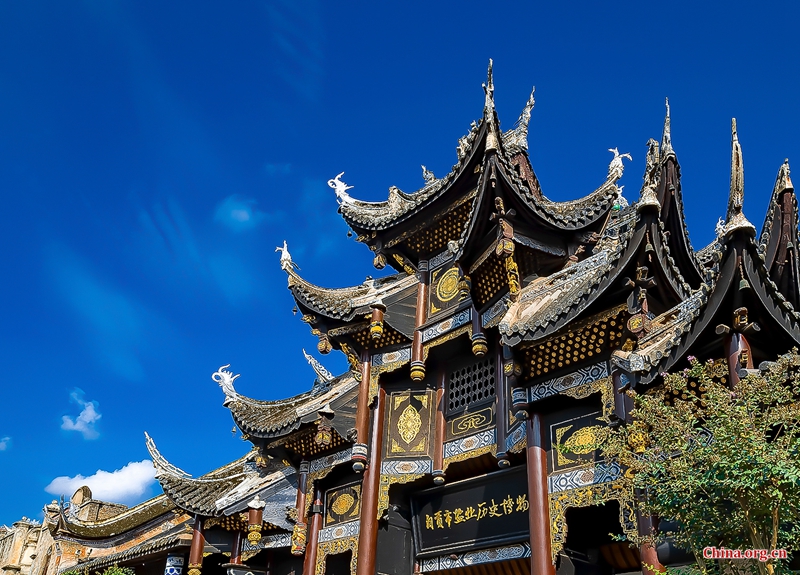
With functions of scientific research and popularization, sightseeing and tourism, leisure and entertainment, the park includes the Zigong Dinosaur Museum, the Salt Industry Historical Museum, the Museum of Chinese Lantern, the Shenhai Well, and the Giant Budda in Rong county across the city. It was included in the Global Network of Geoparks by UNESCO in 2008 and inaugurated as a global geopark in 2011.